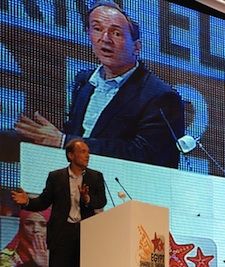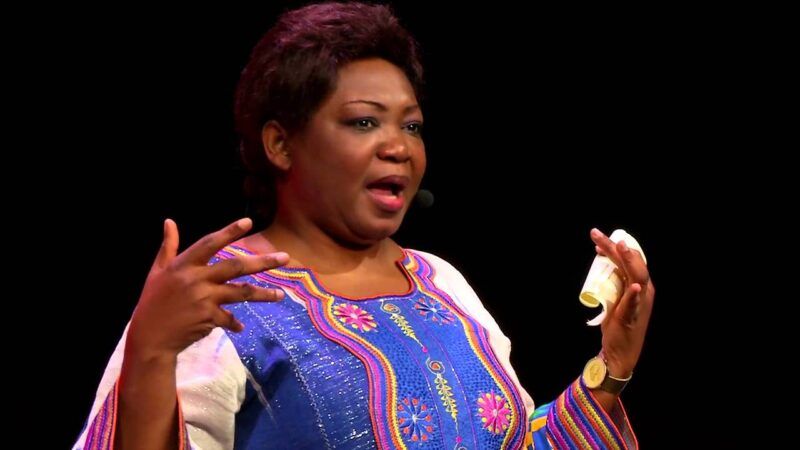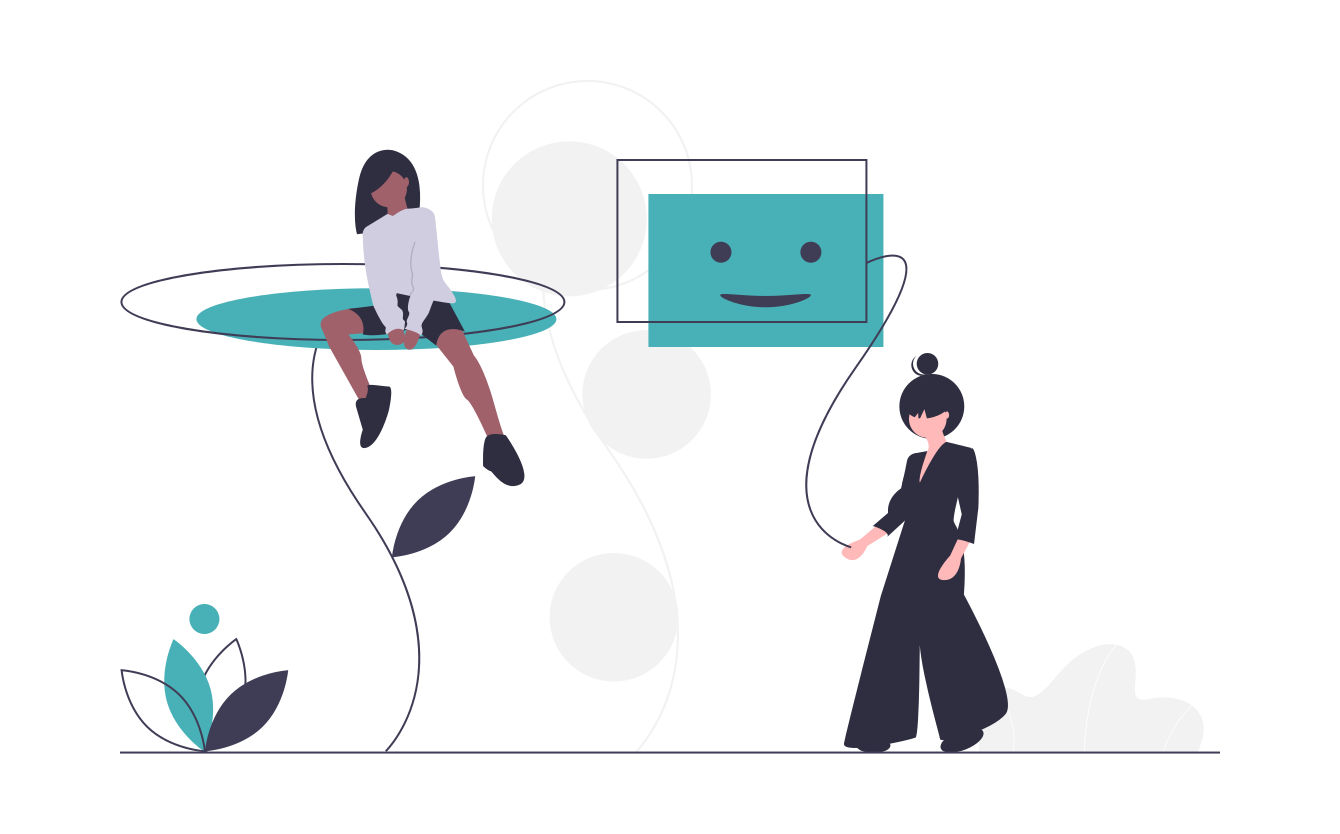Sir Tim Berners-Lee has done more than create the web. On several occasions, he has transformed it. From the moment he made the fateful decision to release the web to the public domain, and then lobbied his employer CERN to support it, he has been fighting on the web’s behalf.
The earliest of these transformations came in the form of the web’s first standards body, the World Wide Web Consortium, founded in 1994. Since then, the W3C, as it is often called, has brought together developers, browser makers and large tech companies to collectively manage the standards behind web technologies.
By 2007, Berners-Lee was ready for his next transformation, and began to talk publicly about a new idea. It was called the World Wide Web Foundation.
In the 15+ years that had passed since the web’s initial conception, it had taken on new meaning and spawned a sprawling information age. But governments and corporations alike have tried to control the web, or exploit its use, while millions more are simply blocked from accessing it. Working alongside former W3C CEO Steve Bratt, Berners-Lee devised his plan for a foundation, one that can be used to help build a better future for the web.
In 2009, Berners-Lee formally unveiled the foundation at the UN hosted Internet Governance Forum. It was a fitting place to announce. The web is a decentralized, international network. If the web faces a challenge, that challenge is global by definition. The IGF had been convened several years earlier to open a dialogue about how to ensure open access to the Internet for all. The World Wide Web Foundation felt like a validation of the event itself, proof of its effectiveness and necessity.

In his announcement, Berners-Lee made a special note about the universality of the web, noting that there has to be a single web, one that anybody could access. It is only through that access that we are able to empower people to make meaningful connections. “So we look at the Web now as humanity connected. Humanity connected by technology. We want it to empower people, we want it to do the very best for humanity.”
From the beginning, Bratt and Berners-Lee developed the foundation as a way to address the gaps that prevented proper access to, as Berners-Lee put it, “humanity connected.” Gaps in research, gaps in understanding, gaps in technology, and gaps in access. Filling the gaps was the primary goal of the institution.
In order to realize that goal, Berners-Lee and Bratt brought on a passionate team of leading experts from around the world. Together, that team brought focus to the Web Foundation. And they began to take a serious look at two major issues.
The first of these is to promote the safety and openness of the web, and to protect it from corporate interference, censorship, or manipulation. Open data and corporate initiatives inside of the Web Foundation are meant to address this aspect of the web’s future, the most high profile in recent years being the Contact for the Web.
The second major focus of the Web Foundation is the digital divide, the amount of people that have affordable access to the Internet. The statistics around that are, frankly, staggering.
In 2009, around 25% of the world was connected to the Internet. We’ve made progress since then. But the divide remains steep. Today, only 54% (or less, by some measures) of the world has access to the Internet. That’s quite a way we still have to go. And our rate of expansion has been in decline for the past decade.
If there is a fracture in society, inequalities along lines of class, race, gender, education, and geography, it is reflected in the digital divide. In the U.S., roughly 30% of adults making below $30,000 a year don’t have access to an Internet-enabled smartphone. In adults making $100,000 a year or more, access is nearly 100%. Men are over 30% more likely to have access to the Internet, and that persists worldwide. Meanwhile, 52% of young women and girls have reported experiencing some form of online abuse. In the U.S., one in three African Americans and Hispanics don’t have access to Internet-enabled devices in their homes.
The problems persist in rural communities and developing nations, that have unequal and unevenly distributed access to the Internet. In some developing countries, only one in four people have access to the Internet. A recent survey showed that over 2.5 billion people would have to spend a quarter or more of their monthly income to afford a smartphone, locking them out of affordable access to the web.
And still some are beset by problems of censorship at every level. Nnenna Nwakanma, chief web advocate at the Web Foundation, recalls a time when she was in Istanbul for an event. While browsing the web, she found that she was not able to visit the website for the very event she was attending. She didn’t know if the site was being blocked by the hotel, or an Internet provider, or the government itself. But it was never more clear to her that safe access to a single web was an absolute necessity. But we have not stuck to a single web. We have begun to fracture it.

Internetstiftelsen.
This September, Berners-Lee returned to the UN. This time, it was to talk about the once in a century pandemic that has swept the world. Berners-Lee opened his panel talk with a note about the digital divide. “Every year since I invented the web, its importance in people’s lives has grown, but at the same time the disenfranchisement of those who can’t connect has grown too.” He continued, “Covid-19 has supercharged this process. The web is a lifeline in this crisis and yet it is a lifeline denied to billions just when they need it most.”
The goal is simple: a safe and reliable web, something that will be essential as we move more of our lives, from everyday business to our education system, online. The targets, however, are slipping. When it comes to moving schoolwork online, for instance, we continue to fail, even in the U.S.. One in five parents report that lack of access to the Internet will prevent their children from completing schoolwork. These problems have not disappeared because of Covid-19. They have gotten worse.
There are large forces at work here, and governments and large corporations will play a role. But safe and affordable access to the web is at the center of the Web Foundation’s work. It has been for over a decade now. There are experts working tirelessly on the digital divide. And we need their help.
For those interested, Berners-lee also published an op-ed in the Guardian with a few more details about how you can help.


Leave a Reply